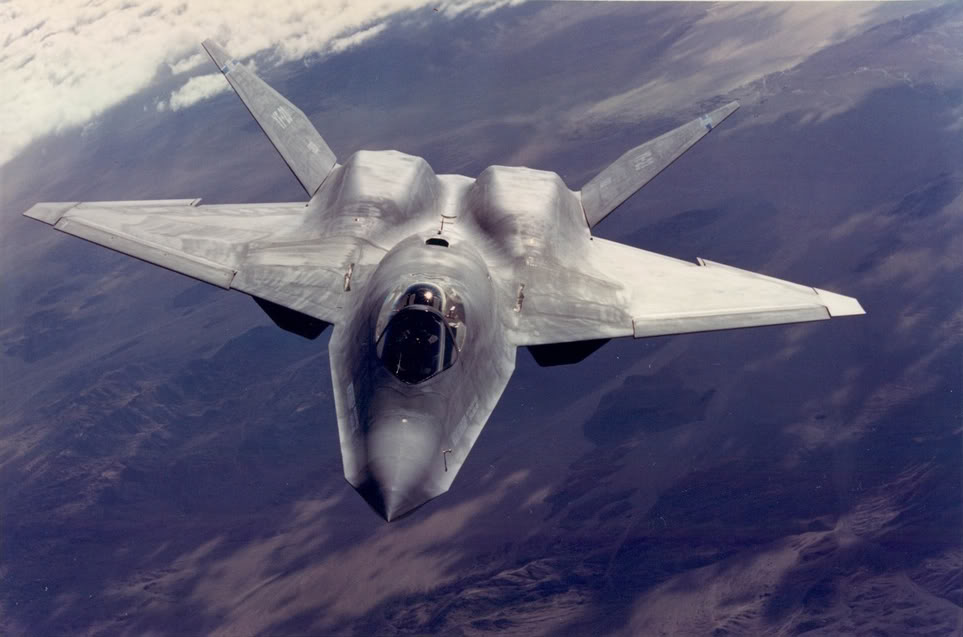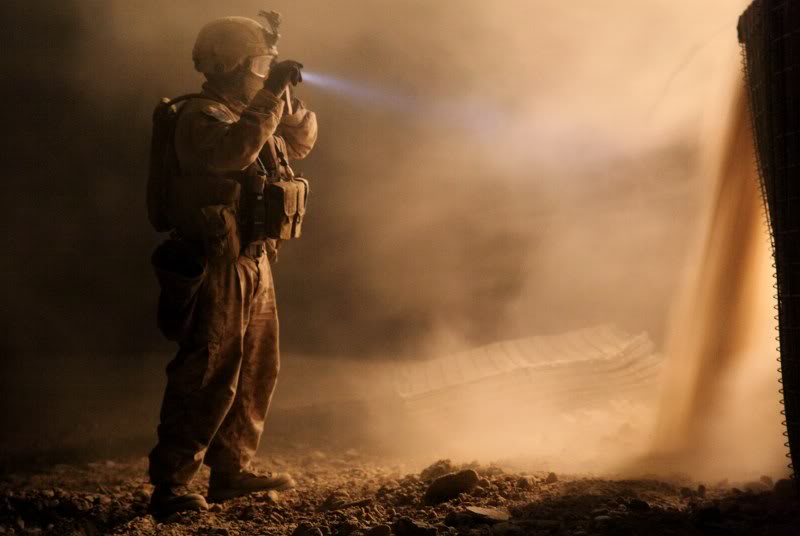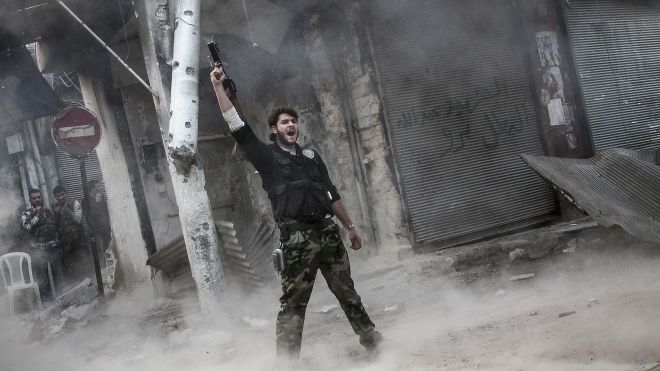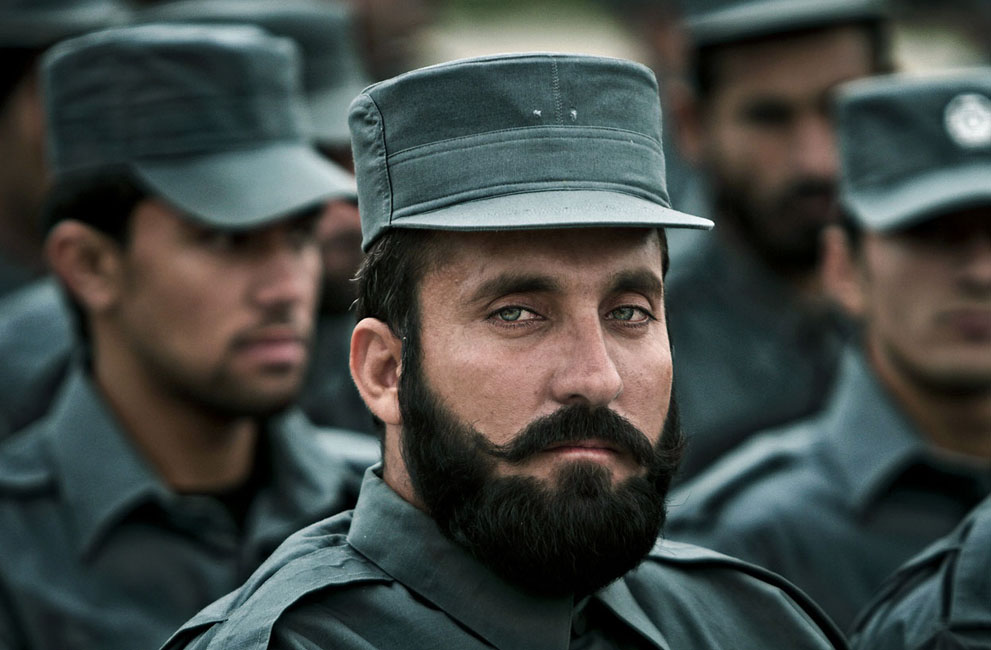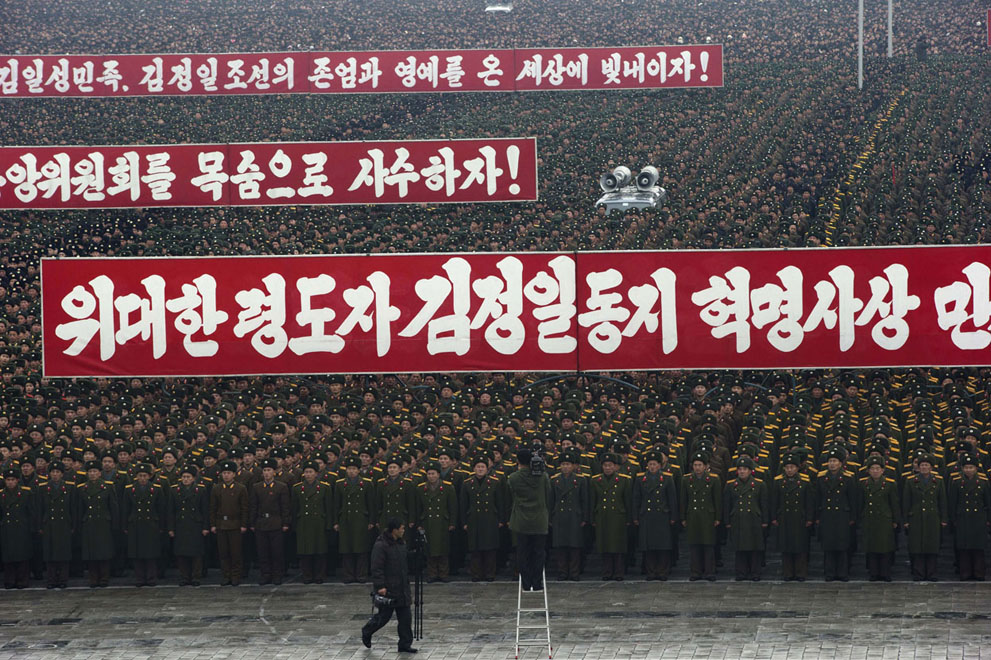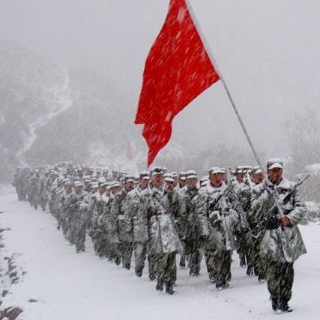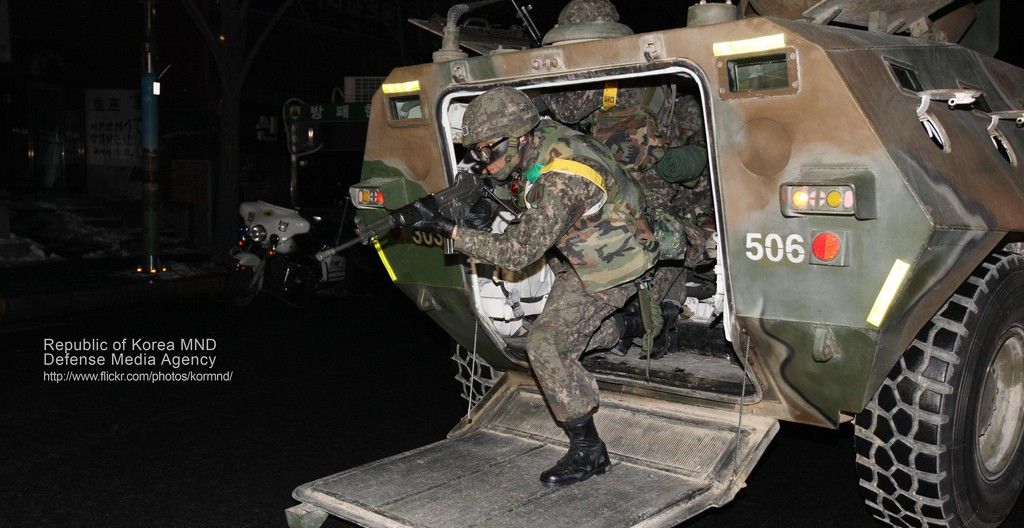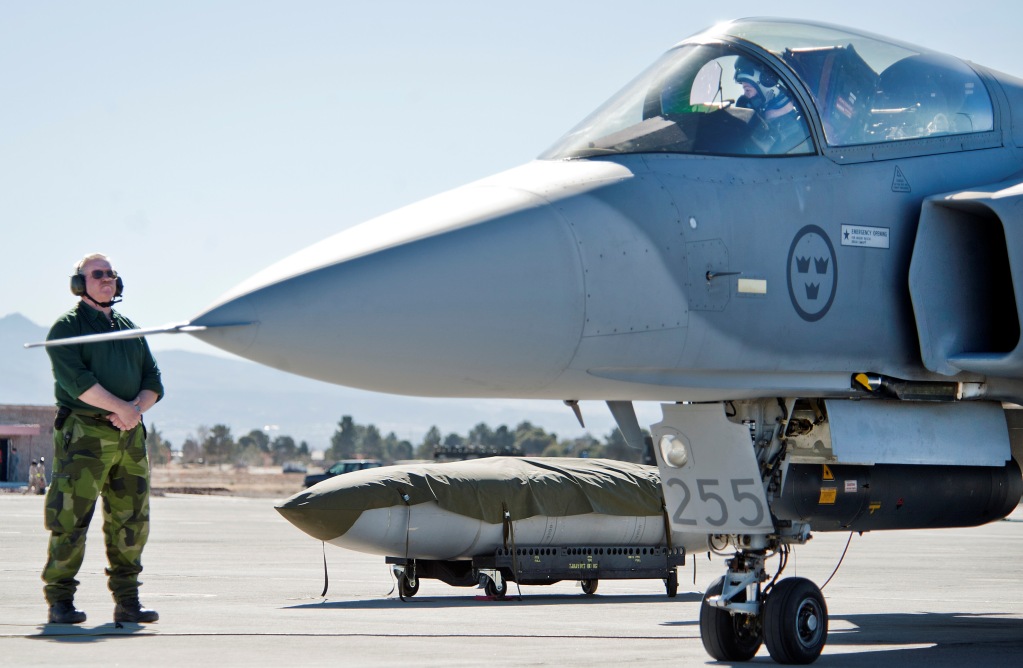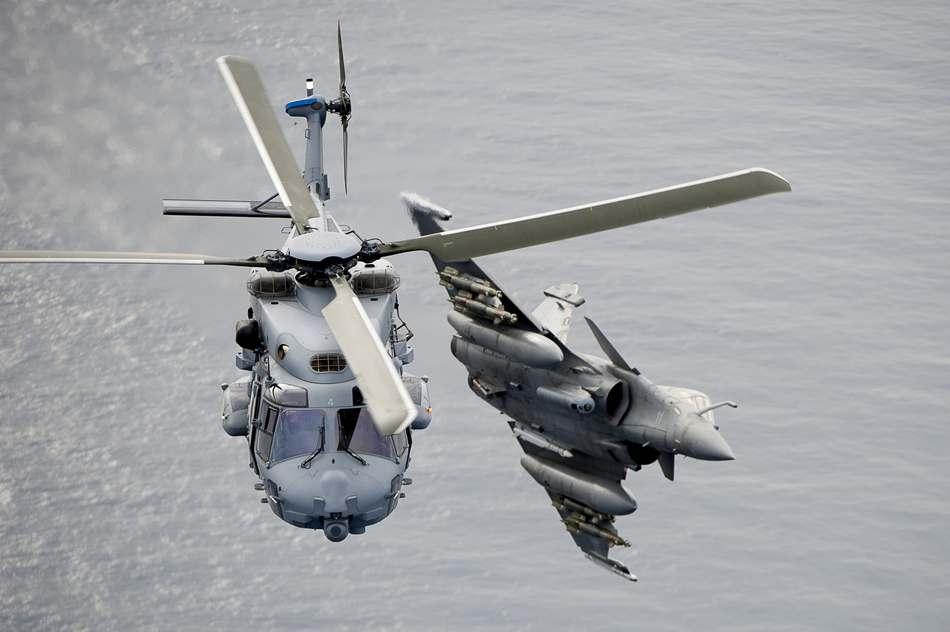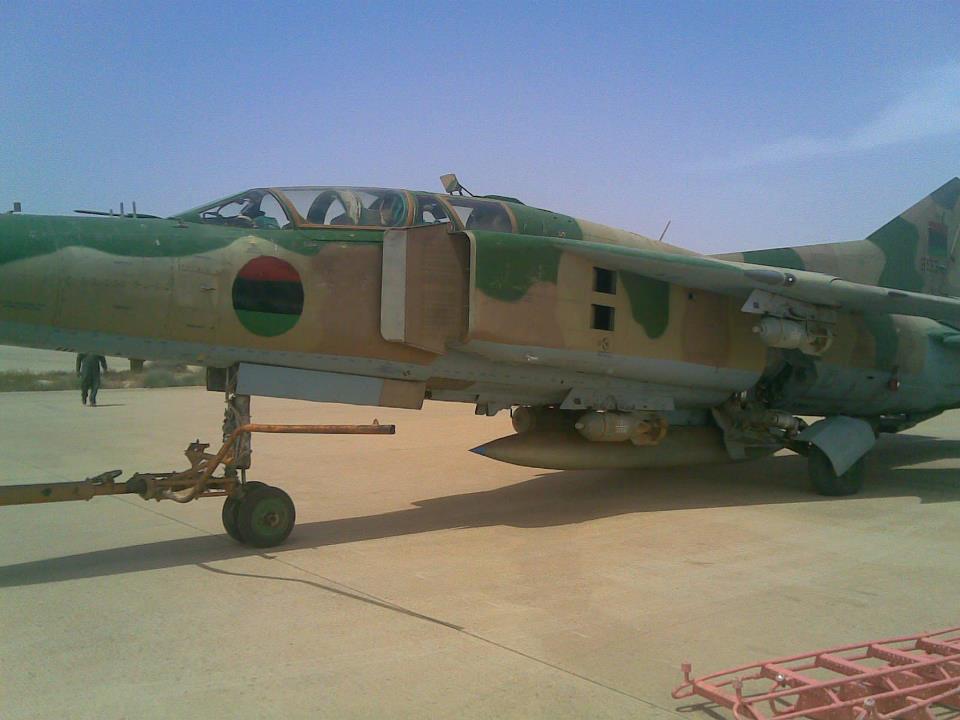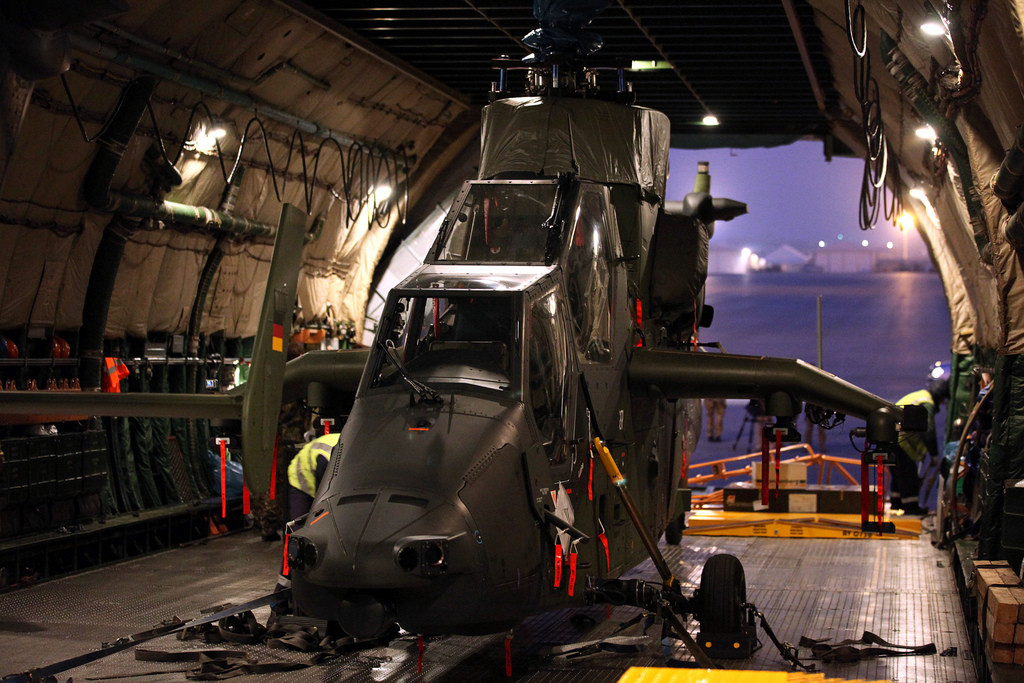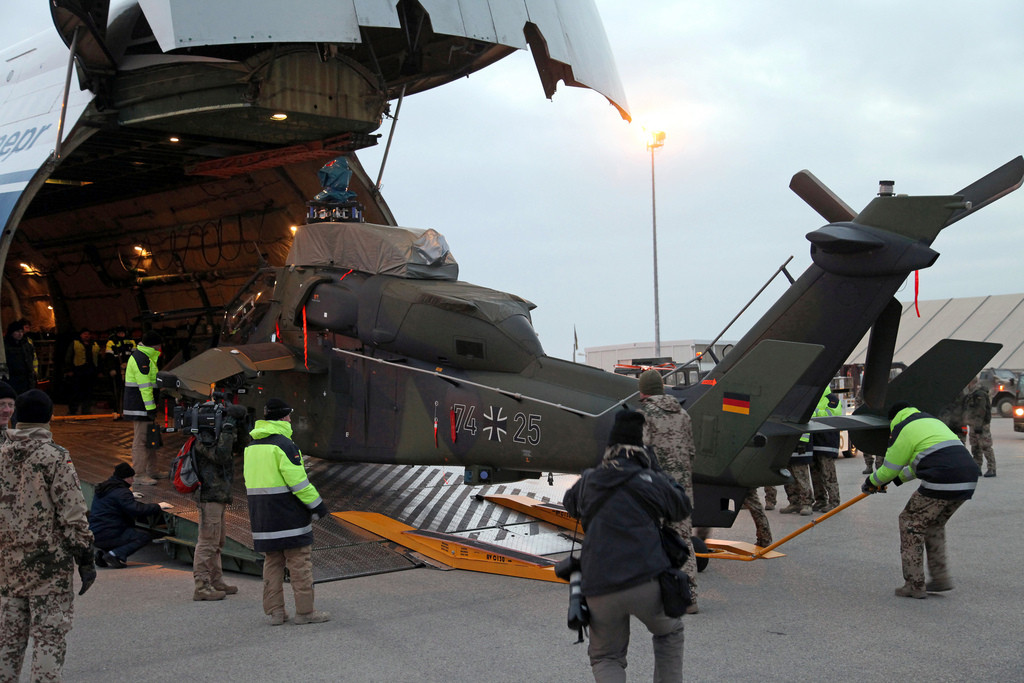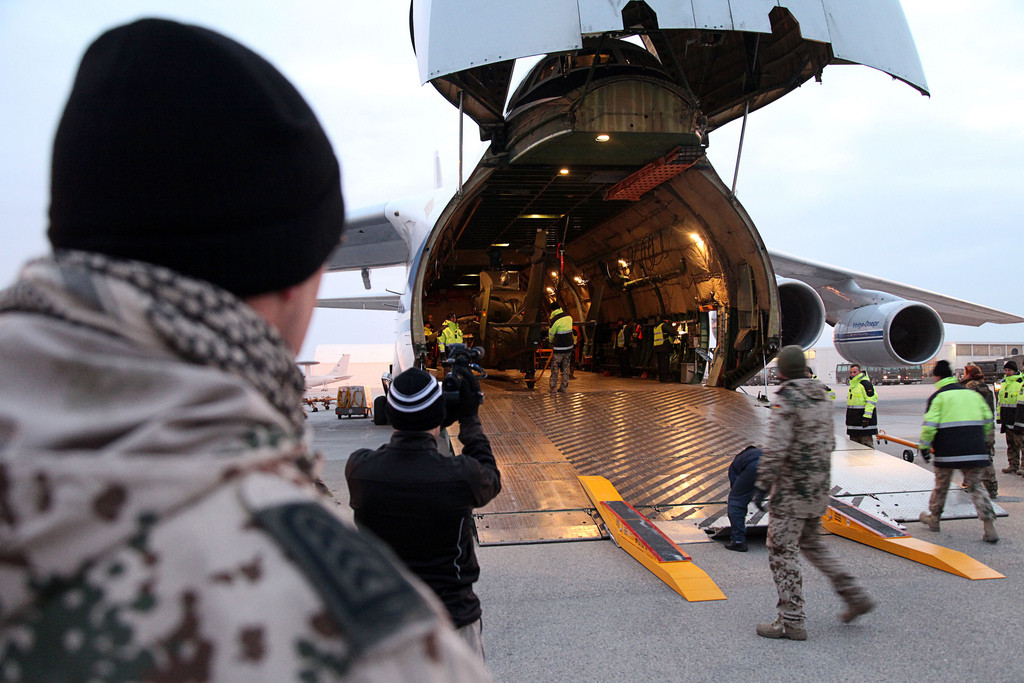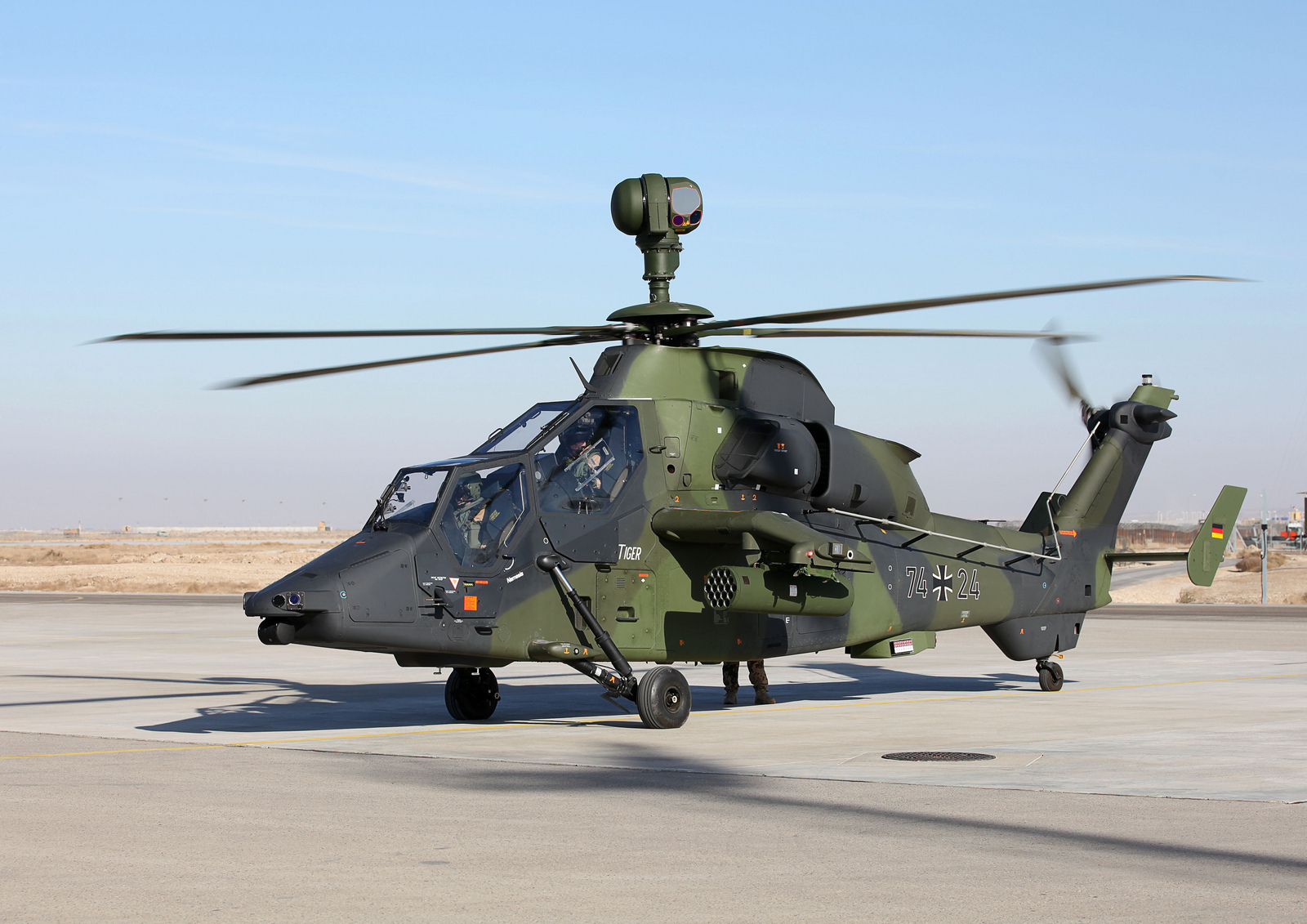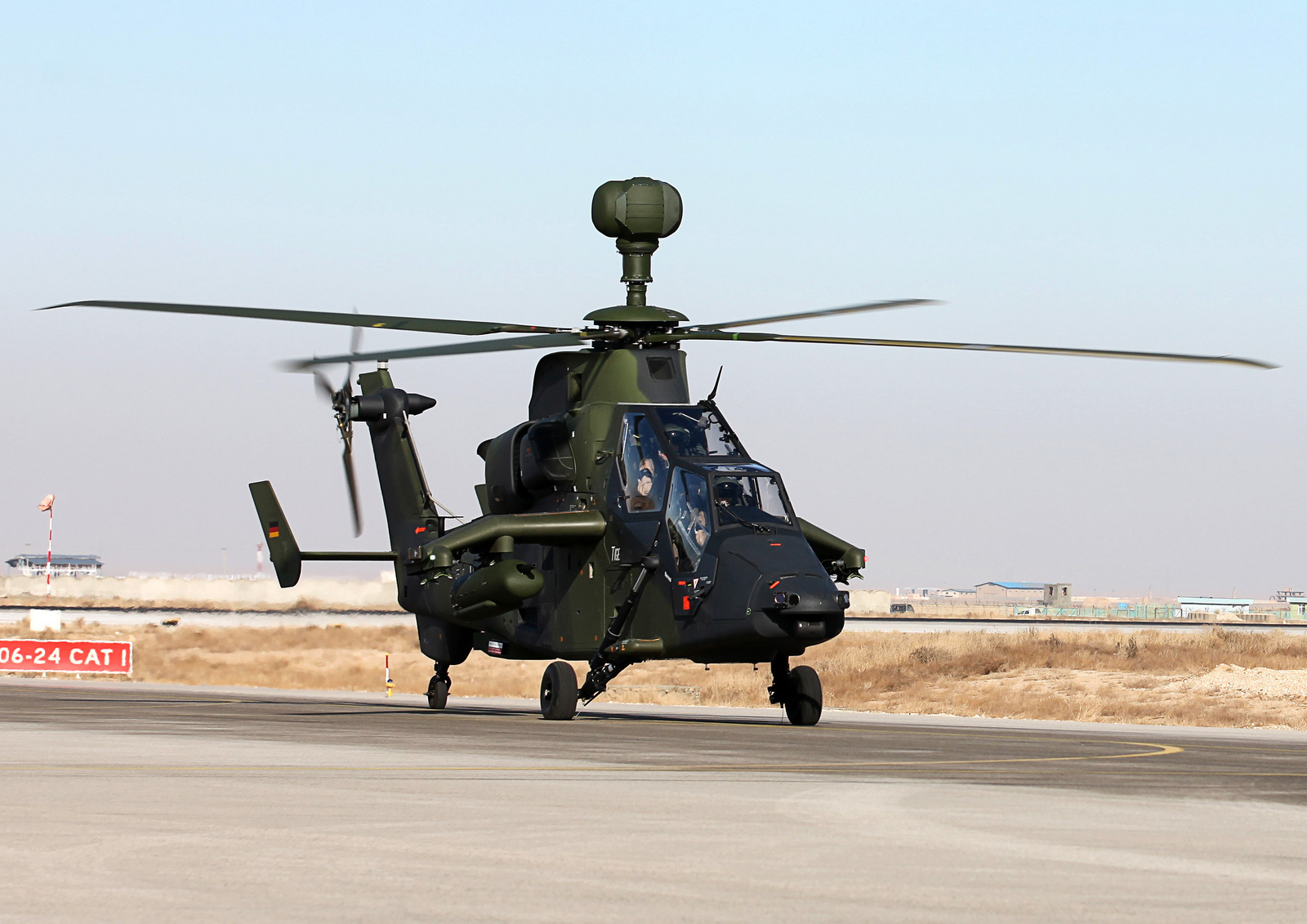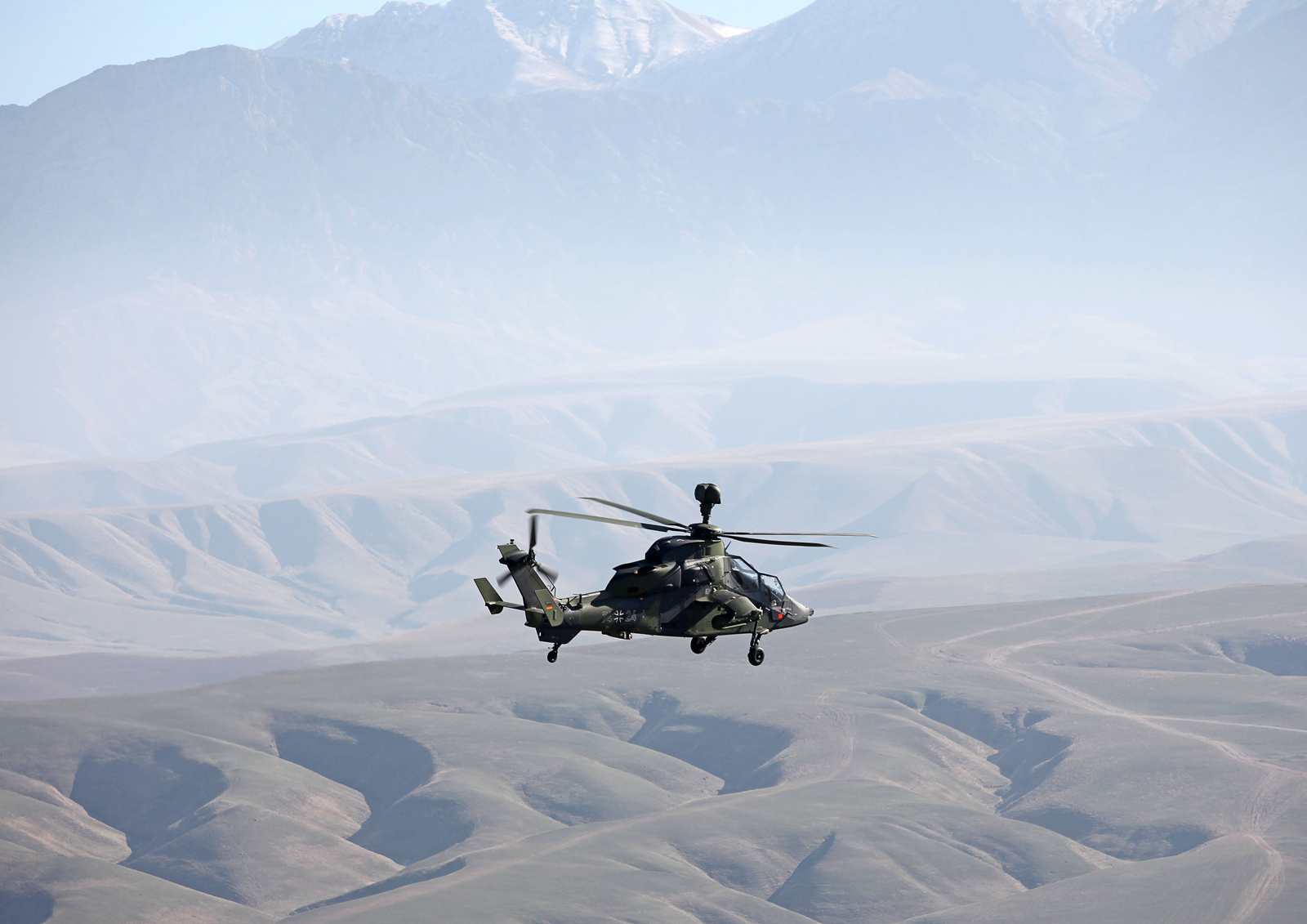تثبيت التطبيق
How to install the app on iOS
Follow along with the video below to see how to install our site as a web app on your home screen.
ملاحظة: This feature may not be available in some browsers.
أنت تستخدم أحد المتصفحات القديمة. قد لا يتم عرض هذا الموقع أو المواقع الأخرى بشكل صحيح.
يجب عليك ترقية متصفحك أو استخدام أحد المتصفحات البديلة.
يجب عليك ترقية متصفحك أو استخدام أحد المتصفحات البديلة.
صورة اليوم (Picture of the day)
- بادئ الموضوع alus
- تاريخ البدء
رد: صورة اليوم (Picture of the day)

In March of 1974, some 29 years after the official end of World War II, Hiroo Onoda, a former Japanese Army intelligence officer, walks out of the jungle of Lubang Island in the Philippines, where he was finally relieved of duty. He handed over his sword (hanging from his hip in photo), his rifle, ammunition and several hand grenades. Onoda had been sent to Lubang Island in December of 1944 to join an existing group of soldiers and hamper any enemy attacks. Allied forces overtook the island just a few months later, capturing or killing all but Onoda and three other Japanese soldiers. The four ran into the hills and began a decades-long insurgency extending well past the end of the war. Several times they found or were handed leaflets notifying them that the war had ended, but they refused to believe it. In 1950, one of the soldiers turned himself in to Philippine authorities. By 1972, Onoda's two other compatriots were dead, killed during guerrilla activities, leaving Onoda alone. In 1974, Onoda met a Japanese college dropout, Norio Suzuki, who was traveling the world, and through their friendship, Onoda's former commanding officer was located and flew to Lubang Island to formally relieve Onoda of duty, and bring him home to Japan. Over the years, the small group had killed some 30 Filipinos in various attacks, but Onoda ended up going free, after he received a pardon from President Ferdinand Marcos.
أتمنى ترجمتها
أتمنى ترجمتها

رد: صورة اليوم (Picture of the day)
هذه قصة معروفة لجنود يابانيين ظلوا مختفين حتى الستينات والسبعينات منذ الحرب العالمية الثانية وبقوا يقاتلون فرادى ولم يصدقوا الانباء عن استسلام اليابان
الجنود اليابانيين ملتزمين بتعاليم الشنتو البوذية بشدة وبتعاليم الشرف المستمدة من الساموراي
وخير دليل على ذلك هي حملات الكاميكازي على السفن الامريكية
او الهجوم على جزيرة اوكيناوا ان لم تخني الذاكرة فمن بين 25 الف يباني لم يبقى سوى 2500 احياء رفضوا الاستسلام وقاموا بالانتحار الجماعي على طريقة الساموراي لانهم رفضوا ان يلحق بهم العار
in march of 1974, some 29 years after the official end of world war ii, hiroo onoda, a former japanese army intelligence officer, walks out of the jungle of lubang island in the philippines, where he was finally relieved of duty. He handed over his sword (hanging from his hip in photo), his rifle, ammunition and several hand grenades. Onoda had been sent to lubang island in december of 1944 to join an existing group of soldiers and hamper any enemy attacks. Allied forces overtook the island just a few months later, capturing or killing all but onoda and three other japanese soldiers. The four ran into the hills and began a decades-long insurgency extending well past the end of the war. Several times they found or were handed leaflets notifying them that the war had ended, but they refused to believe it. In 1950, one of the soldiers turned himself in to philippine authorities. By 1972, onoda's two other compatriots were dead, killed during guerrilla activities, leaving onoda alone. In 1974, onoda met a japanese college dropout, norio suzuki, who was traveling the world, and through their friendship, onoda's former commanding officer was located and flew to lubang island to formally relieve onoda of duty, and bring him home to japan. Over the years, the small group had killed some 30 filipinos in various attacks, but onoda ended up going free, after he received a pardon from president ferdinand marcos.
أتمنى ترجمتها

هذه قصة معروفة لجنود يابانيين ظلوا مختفين حتى الستينات والسبعينات منذ الحرب العالمية الثانية وبقوا يقاتلون فرادى ولم يصدقوا الانباء عن استسلام اليابان
الجنود اليابانيين ملتزمين بتعاليم الشنتو البوذية بشدة وبتعاليم الشرف المستمدة من الساموراي
وخير دليل على ذلك هي حملات الكاميكازي على السفن الامريكية
او الهجوم على جزيرة اوكيناوا ان لم تخني الذاكرة فمن بين 25 الف يباني لم يبقى سوى 2500 احياء رفضوا الاستسلام وقاموا بالانتحار الجماعي على طريقة الساموراي لانهم رفضوا ان يلحق بهم العار
رد: صورة اليوم (Picture of the day)
## اسمه هيرو هوندا ....... وهو كان ضمن الجيش الياباني في الفلبين في الحرب العالمية الثانية وصل الى الفلبين اثناء الحرب العالمية الثانية في ديسمبر عام 1944 م ...... وظل مختباً 29 سنة في الادغال الفلبينية حتى عام 1974م ##
in march of 1974, some 29 years after the official end of world war ii, hiroo onoda, a former japanese army intelligence officer, walks out of the jungle of lubang island in the philippines, where he was finally relieved of duty. He handed over his sword (hanging from his hip in photo), his rifle, ammunition and several hand grenades. Onoda had been sent to lubang island in december of 1944 to join an existing group of soldiers and hamper any enemy attacks. Allied forces overtook the island just a few months later, capturing or killing all but onoda and three other japanese soldiers. The four ran into the hills and began a decades-long insurgency extending well past the end of the war. Several times they found or were handed leaflets notifying them that the war had ended, but they refused to believe it. In 1950, one of the soldiers turned himself in to philippine authorities. By 1972, onoda's two other compatriots were dead, killed during guerrilla activities, leaving onoda alone. In 1974, onoda met a japanese college dropout, norio suzuki, who was traveling the world, and through their friendship, onoda's former commanding officer was located and flew to lubang island to formally relieve onoda of duty, and bring him home to japan. Over the years, the small group had killed some 30 filipinos in various attacks, but onoda ended up going free, after he received a pardon from president ferdinand marcos.
أتمنى ترجمتها

## اسمه هيرو هوندا ....... وهو كان ضمن الجيش الياباني في الفلبين في الحرب العالمية الثانية وصل الى الفلبين اثناء الحرب العالمية الثانية في ديسمبر عام 1944 م ...... وظل مختباً 29 سنة في الادغال الفلبينية حتى عام 1974م ##
رد: صورة اليوم (Picture of the day)
تم التثبيت
اتمنى يستمر التفاعل
تم التثبيت
اتمنى يستمر التفاعل
المواضيع المشابهة
- الردود
- 310
- المشاهدات
- 35K
- الردود
- 78
- المشاهدات
- 20K
- الردود
- 28
- المشاهدات
- 30K

